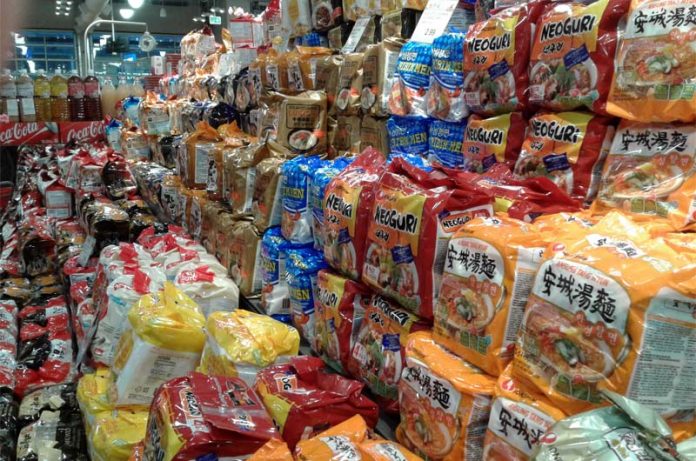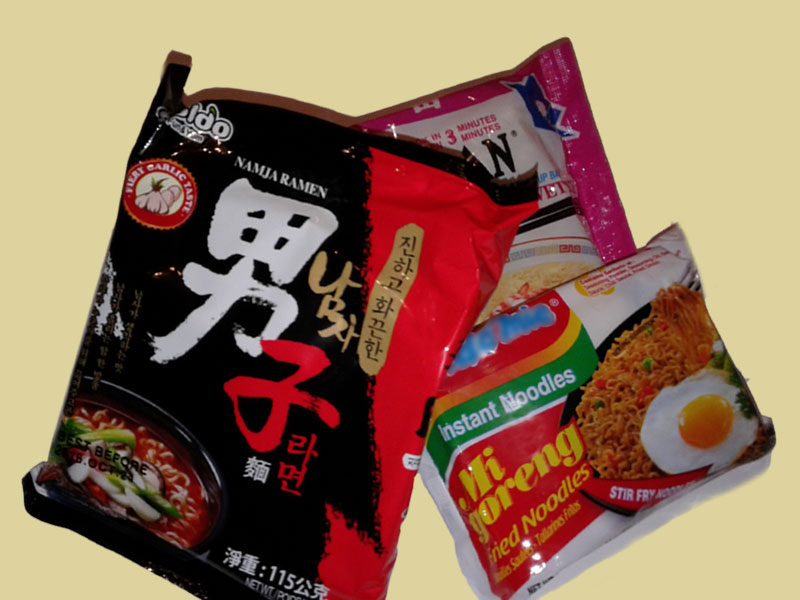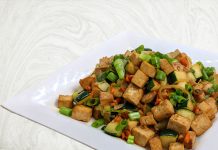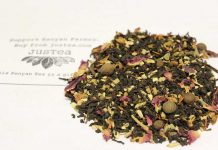
You like instant noodles but are they really worth your health? What labels are not revealing? Check out your alternative options to instant noodles.
Instant noodles, known as ramen in Japanese, are one of the most popular food items in many parts of the world. It is usually packaged with a paste or powder seasoning packet. Some include dehydrated vegetable garnishes and oil packets to add for a soup base.
It’s an inexpensive, tasty, easy-to-use convenient food with a long shelf life. Instant noodles are the new currency in US prisons. Says The Washington Post article,‘They’ll kill for it’: Ramen has become the black-market currency in American prisons, according to A Washington Post article.
Global Cultural Icon
George Solt in his book, The Untold History of Ramen: How Political Crisis in Japan Spawned a Global Food Craze pointed out how the rich, salty ramen developed from humble fuel for the poor to a global icon of Japanese cuisine.
The instant noodle culture has its roots in Japan. With the global movement of the Asian population, its popularity spread like wildfire across the Americas and Europe. Flavours are catered to local tastes. Every culture has their consumption style.

Some eat instant noodles like potato chips – tossing the seasoning over crunched noodles or use them as a salad garnish. Others stir-fry the noodles, and add their own flavouring and garnishing.
The Astounding Consumption Statistics
Speed and convenience is what makes instant noodles so popular. Today it has become a mainstay in many diets, even more so in developing countries as a cheap and handy food staple.
In 2016, over 97.5 billion instant noodles servings were consumed, according to the World Instant Noodles Association (WINA).
That works out to as many as 270 million servings consumed daily
On average, each person on planet earth would have eaten about 13 servings in 2016. WINA figures showed servings peaked in 2013 at around 106 billion before sliding to 97,460 billion in 2016.
Top 10 consumers come from: China (including Hong Kong) followed by Indonesia, Japan, Vietnam, India, USA, Republic of Korea, Philippines, Thailand and Brazil. The good news is that consumption is currently on a downward trend.
Unadvertised Health Risks
Unlike cigarettes, food labels will not warn you of the health risks involved in eating instant noodles.
Women who ate instant noodles two or more times a week had a 68% more chance of developing metabolic syndrome, said a study published by the American Society for Nutrition in 2014.
The syndrome includes high blood pressure, obesity, elevated fasting triglycerides, blood sugar levels and low levels of HDL cholesterol.
The two year study surveying South Koreans indicated that the high consumption of instant noodles alone was associated with the syndrome, regardless of overall dietary composition. South Koreans are the highest consumers per capita of instant noodles in the world.
The high sodium content with negative health claims of added additives like Tertiary – butyl hydroquinone (TBHQ) has further labelled this product a health hazard.
TBHQ is used as an antioxidant to increase the long shelf life of instant noodles and other processed foods. This widely used petroleum by-product is known to cause toxic reactions like nausea, vomiting and suffocation.
A number of studies have shown that prolonged exposures to this chemical in high doses may be carcinogenic. Noodles packaged in a styrofoam cup have even higher health risk due to the industrial chemical, bisphenol-A(BPA) presence. The styrofoam containers also add more toxicity to our landfills.
BPA is a known endocrine (hormone) disruptor, according to Boston Tufts University School of Medicine study.
A Mayo Clinic article on Nutrition and healthy eating stated that exposure to BPA is a concern due to possible health effects of BPA on the brain, behaviour and prostate gland of fetuses, infants and children. The article added that further research suggests a possible link between BPA and increased blood pressure.
The consumer shift towards healthier eating especially in China prompted Nissan Foods, the company founded by instant noodle inventor, Momofuku Ando to retool their recipe.
Last year, they launched Cup Noodles Very Veggie. was launched last year. The healthier instant noodle brand has a full serving of veggies, contains less sodium, no artificial flavors and MSG.
Instant noodles may exemplify a long standing claim of its place as a comfort food to the global community, but it poses a health risk to consumers. So what are the alternative options?
Quick and Easy Alternative Options
Make a batch of fresh broth, and add some meat. Cool down the hot broth. Portion broth in glass or BPA free containers, and freeze them.
When you have a noodle craving, defrost a portion and add your favourite greens, noodles and garnish with a teaspoonful of olive, sesame oil. Some great alternative noodle choices available fresh in your local stores:
- Kelp noodles: Light tasting and springy in texture, it’s high in calcium and dietary fibre
- Soba Noodles: Strong and nutty in flavour, these thin buckwheat noodles are rich in phytonutrients, including manganese and thiamin.
- Udon noodles: Thick wheat-based, white coloured Japanese noodle
- Chinese egg noodles or flat rice noodles
- Vermicelli (thin rice noodles). Recipe
- Korean glass noodles made with potato flour
- Pasta like linguini, spaghetti, fettuccini, capellini, barbina
Links
Journal of Nutrition Study: Instant Noodle Intake and Dietary Patterns Are Associated with Distinct Cardiometabolic Risk Factors in Korea
Published: September 20, 2016 | Updated: January 12, 2018






































